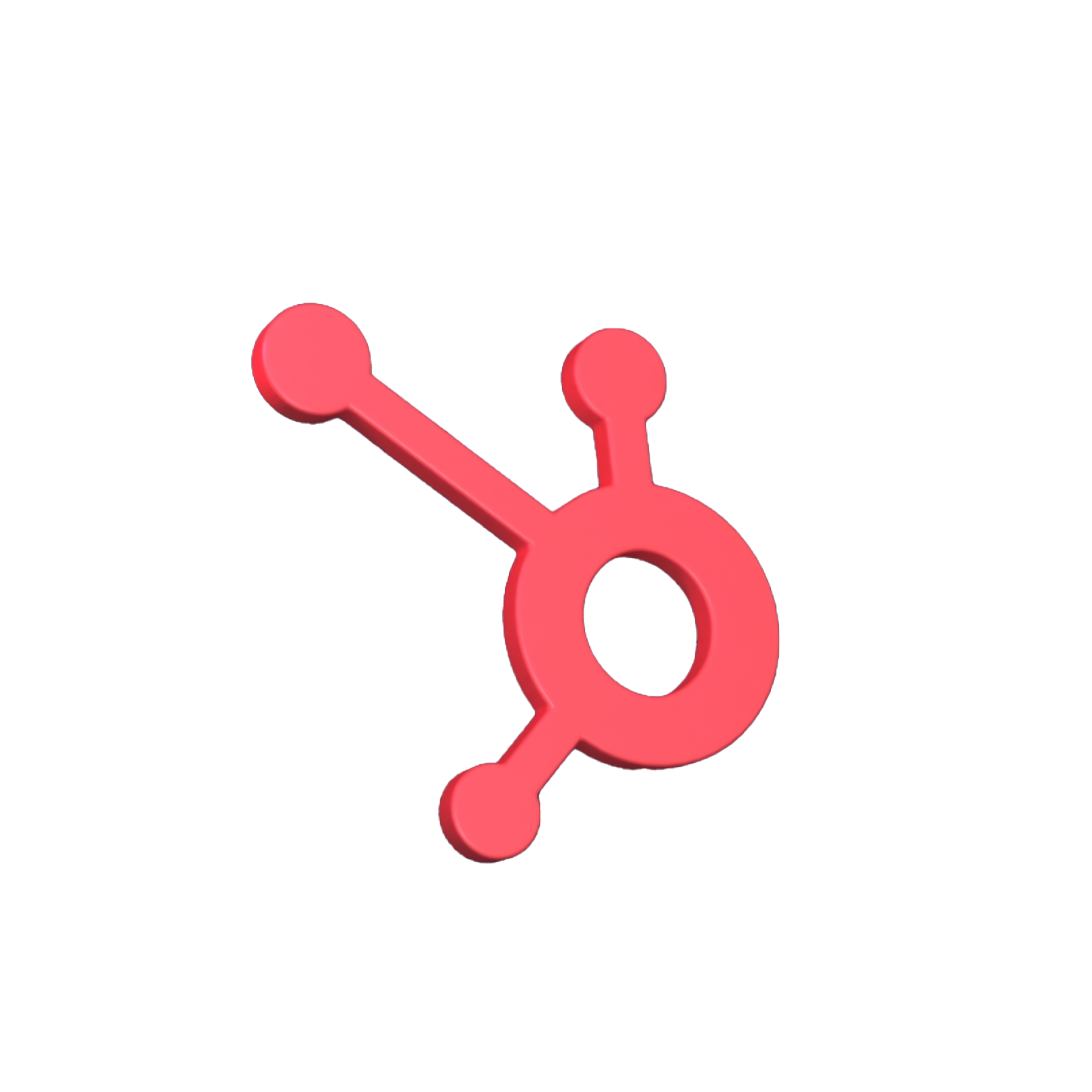In this blog post, we unpack what really goes into a custom integration, with some key considerations that can ensure the project goes smoothly.
Your sales team needs to focus on closing customers. While your company comprises more processes — and foci — than that, ensuring a frictionless sales and marketing process helps you attain them. And a HubSpot custom integration that personalises your CRM and/or CMS to suit your unique processes may be just what you need to smooth the way for your team.
But do your expectations match the reality of the development project, and have you considered how you’ll roll out the changes?
A custom integration project is about so much more than just coding. You’ll need to know what needs to be built that can solve your sales and marketing challenge. This in turn means knowing how to map out all the data, and knowing what needs to be connected to what.
Let’s unpack what really goes into a custom integration, with some key considerations that can ensure the project goes smoothly.
Configuring your HubSpot custom integration
A custom integration facilitates interaction between two machines or systems over a network. Smart configuration can help you scale by adding the ideal functionality to your existing software ecosystem.
HubSpot custom integrations centralise your data and prevent you from having to double up on data entry. This ensures you can maximise the value of your data across your technology stack, saving your team time usually spent navigating between multiple platforms.
Configuration generally involves identifying what your needs are, drawing up functional specifications, translating that into the appropriate architecture and then rolling out development. The journey from knowing what your needs are, to implementing the software that gives you that functionality, involves a lot of technical work that’s usually best left to professionals.
Resources like the Ultimate Guide to Getting Started with Integrations in HubSpot are a great way to identify if a HubSpot custom configuration is a possible solution to your challenge. It even can help you start smart conversations about configurations and clearly identify your needs and the functionality you expect from the integration-solve. But when it comes to technicalities, outsourcing to an experienced team is the most efficient way to achieve your goal.
At Huble Digital, we know our clients best achieve their integration goals when supported by a process and team that uncovers what their core business needs are, first. So that’s how we’ve structured our Configuration services — to support clients every step of the way, from identifying these needs to mapping out what needs to be built before going live.
In this way, we’ve created a number of custom HubSpot integrations for clients that couldn’t find out-the-box options that gave the desired result. For more on these, read our blog post: Five Examples of Integrations You Didn’t Know You Could Do with HubSpot.
Training and change management
Developing the integration, however, is just the first step. Once it’s live your team will need to learn how to use it. This onboarding could involve once-off workshops on set-up and best practices for use, with a series of telephone and/or email support sessions. Without fully exploiting your new configuration, you’ll lose out on a valuable return on your sales and marketing investment.
Ongoing support
Tech changes all the time. Even as your custom integration goes live, innovations and improvements could mean that the most sophisticated code can become inefficient in 6–12 months. An ongoing support retainer with a skilled technology partner will prevent this. These generally involve monitoring the performance of your integration and ensuring it stays updated as features and API endpoints evolve.
Standalone custom integrations vs service retainers
In the end, signing up for a standalone custom integration is a bit like tackling a big DIY project. And much like with DIY, the responsibility falls squarely on your shoulders if things go awry. While standalone custom integrations are possible, without proper onboarding your team might not be able to use it to its full potential. And without ongoing support, you may find yourself working with an outdated system very soon after going live.
Contact the Huble Digital team and find out more about our Integration Services. We can help connect your preferred tools and software with custom integrations and bespoke middleware and support your team in using it — ensuring you get the most out of your data, and process efficiency.










-3.png?width=500&height=320&name=Matt%20-%20imagery%20bank%20(8)-3.png)

